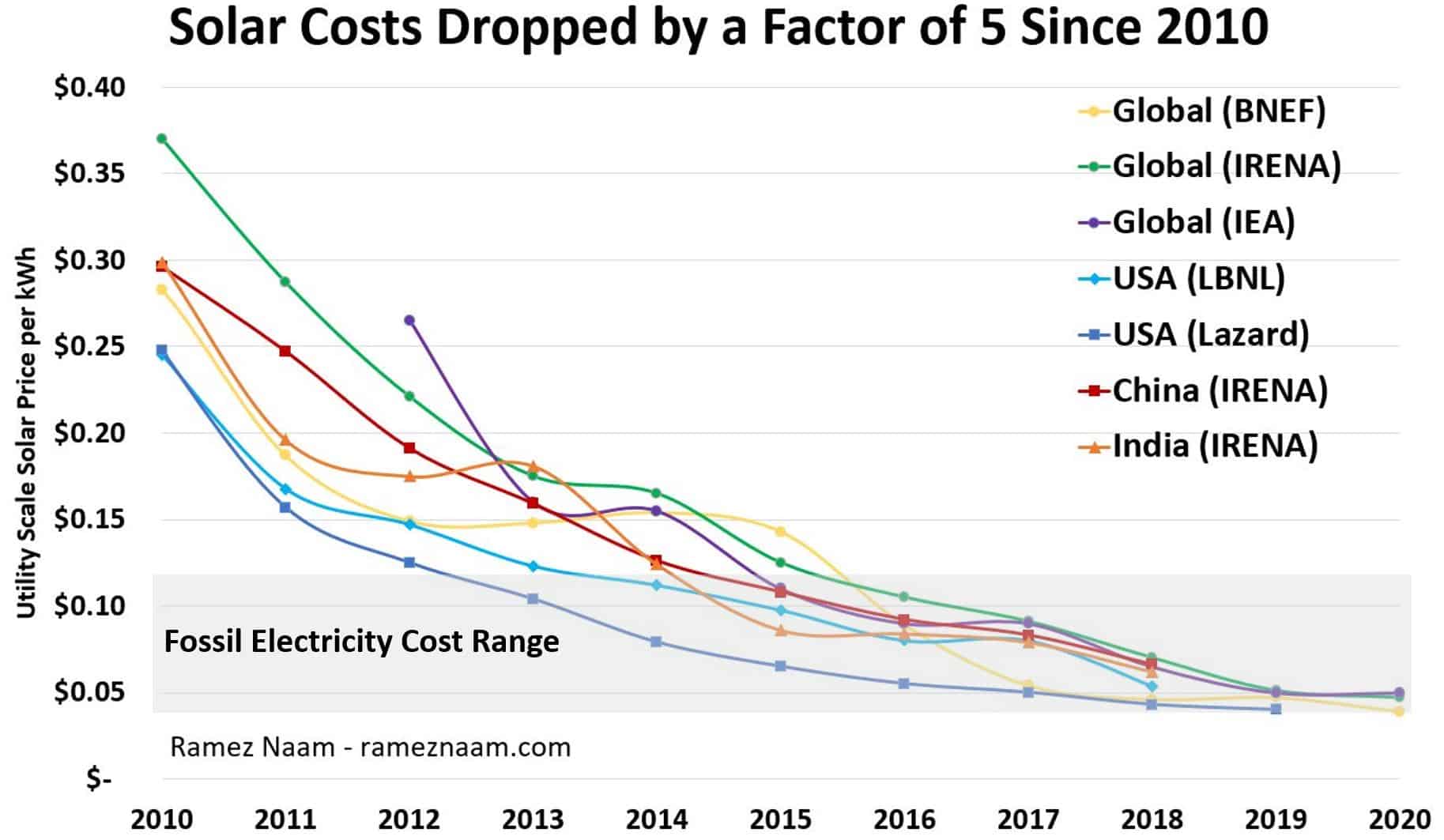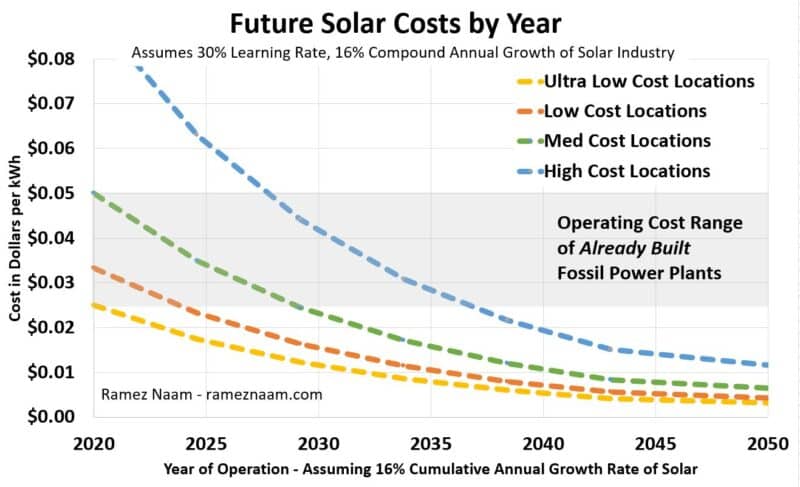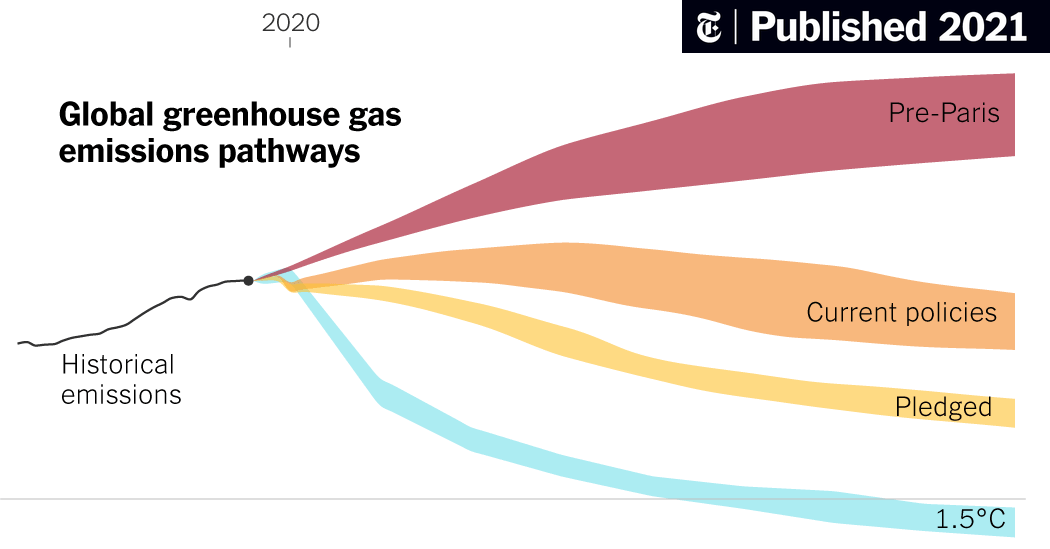The international energy agency (IEA) puts out annual reports on global energy usage. The 2021 was just dropped:

 www.iea.org
www.iea.org
Like its US cousin the 'EIA' it projects future usage/demand/prices using current laws and regulations as a baseline. This was infuriating as they spent a couple decades making CO2 emission projections that were not consistent with a recognizable climate in 2100, when we already knew that.
Post Paris, their baseline now consists of what would happen if countries kept their current Paris pledges. Surprise: Waaay better than the 'Business as usual' model in 2010, but still above +3°C versus mid 20th century. The old BAU model was closer to +5°C.
For example: https://www.iea.org/data-and-statistics/charts/global-emissions-by-scenario-2000-2050
This does not mean that Paris is a 'failure' IMO, bc 3.x°C and a process for further reduction IS better the 4.5-5°C. It WILL be a failure if NONE of the major emitters come anywhere close to their existing pledges, let alone improve on them over the next 5-10 years.
Oh, and there is a LOT of news about a fossil energy crisis, $100 oil, gasoline (UK) and natgas (China) shortages. The usual suspects are trying to spin/pin this on renewables, the other side is trying to say 'Nope.'.
Your thoughts?

World Energy Outlook 2021 – Analysis - IEA
World Energy Outlook 2021 - Analysis and key findings. A report by the International Energy Agency.
Like its US cousin the 'EIA' it projects future usage/demand/prices using current laws and regulations as a baseline. This was infuriating as they spent a couple decades making CO2 emission projections that were not consistent with a recognizable climate in 2100, when we already knew that.
Post Paris, their baseline now consists of what would happen if countries kept their current Paris pledges. Surprise: Waaay better than the 'Business as usual' model in 2010, but still above +3°C versus mid 20th century. The old BAU model was closer to +5°C.
For example: https://www.iea.org/data-and-statistics/charts/global-emissions-by-scenario-2000-2050
This does not mean that Paris is a 'failure' IMO, bc 3.x°C and a process for further reduction IS better the 4.5-5°C. It WILL be a failure if NONE of the major emitters come anywhere close to their existing pledges, let alone improve on them over the next 5-10 years.
Oh, and there is a LOT of news about a fossil energy crisis, $100 oil, gasoline (UK) and natgas (China) shortages. The usual suspects are trying to spin/pin this on renewables, the other side is trying to say 'Nope.'.
Your thoughts?





